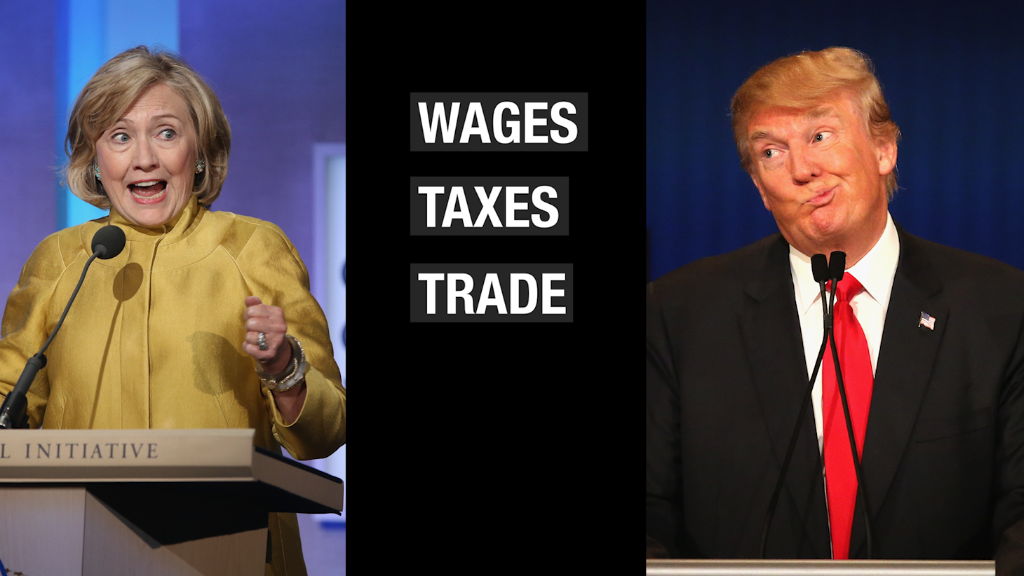
Choosing a state university over a private college could get more appealing if Hillary Clinton becomes president.
Low- and middle-income students would pay nothing for tuition at in-state public colleges under her college affordability plan. She expanded the plan in July, drawing on parts of Bernie Sanders' tuition-free proposal.
Any student whose family earns $85,000 or less would be eligible at first. The income level would go up by $10,000 each year until 2021, when anyone whose family makes $125,000 a year or less would go tuition-free.
That would cover more than 80% of all families, the Clinton campaign said.
The rich would still have to pay, unlike a plan proposed by Sanders, which would cover everyone. As Clinton has previously said, she doesn't want to pay for Donald Trump's children to go to college.
Related: Is the government making money off your student loans?
Tuition at state schools is already much cheaper than what private colleges charge. Last year, the average tuition for in-state students at public colleges was $9,410, according to The College Board. At private colleges, it was $32,410.
Still, about 66% of students earning a bachelor's degree at public colleges in 2012 took out student loans, according to The College Board.
That's partly because tuition isn't the only cost when it comes to paying for college. Even with a tuition-free plan in place, students would still have to pay for room and board. On average, public colleges charged $10,140 for room and board last year. That's even more than the average state school charged for tuition.
But Clinton is committed to making sure students can graduate from a public college without taking on any debt, which might mean offering them more financial aid to cover housing costs.
Related: How the typical American family pays for college
Some of the top private schools in the U.S. already make tuition free for low- and middle-income students. At Princeton, students from families making less than $120,000 a year don't pay anything for tuition and receive grant money that covers at least some of their room and board. Stanford covers tuition for those making less than $125,000 a year.
Clinton's original affordability plan was estimated to cost $350 billion over 10 years, but the expanded proposal would likely cost more. To foot the bill for the expanded plan, Clinton proposes "closing additional high-income tax loopholes -- focusing on loopholes available especially to Wall Street money managers, like hedge funds and private equity firms," an aide said.
Related: They graduated debt-free, without being rich
Her plan includes a number of other measures aimed at making college more affordable.
It calls for making all community colleges tuition-free, allowing graduates to refinance their federal student loans at current interest rates, simplifying the repayment process, and offering up to $17,500 in loan forgiveness to aspiring entrepreneurs.
